Ngohe Tuawhā
Kei te haere ki hea?
Kei te haere koe ki hea?
Where are you going?
Kei te haere koe ki hea? is used to ask someone where they are going. Ki hea? translates as ‘where?’ in English. When replying, hea is replaced with the word or words for where the person or people are going. If someone asks you this question, your reply would be Kei te haere au/ahau ki (place you are going).
For example, let’s pretend that you are going to Auckland and you see your friend who asks, Kei te haere koe ki hea?
You would reply:
Kei te haere au/ahau ki Tāmaki-makau-rau.
I am going to Auckland.
This sentence structure is not limited to explaining where you are going. Through the use of personal pronouns, e.g. ia, kōrua, rāua, māua, the speaker can find out where anyone is going. Look at the following examples to familiarise yourself with this sentence structure.
| Kei te haere ia ki hea? | Where is she/he going? |
| Kei te haere ia ki te toa. | She is going to the shop. |
| Kei te haere rāua ki hea? | Where are they (two) going? |
| Kei te haere rāua ki Ōtautahi. | They (two) are going to Christchurch. |
| Kei te haere kōrua ki hea? | Where are you two going? |
| Kei te haere māua ki te tāone. | We (she/he and I) are going to town. |
| Kei te haere tāua ki hea? | Where are we (you and I) going? |
| Kei te haere tāua ki Tauranga. | We (you and I) are going to Tauranga. |
Your reply can be shortened which is the more likely choice in a conversation. Instead of saying Kei te haere ia ki te toa, you can simply shorten it to Ki te toa. This is the answer that you are more likely to receive in a conversation as opposed to the lengthy full version. Look at the following example which shows how to reply:
| Kei te haere koe ki hea? | Where are you going? |
| Ki Pōneke. | To Wellington. |
Note, that when nouns are used, they are usually preceded by te or ngā or by a possessive such as taku, tō or tana. Look at the following possible replies:
| Ki te hōhipera. | To the hospital. |
| Ki te whare o taku hoa. | To my friend's house. |
| Ki taku kāinga. | To my home. |
| Ki tana kura. | To his/her school. |
Take care when answering with personal pronouns as the personal pronoun used in the answer may differ from the one used in the question (see examples above).
Further explanations and exercises: Te Kākano pp.12-14, 18-21.
Kei wareware ki te whakamahi i ngā piko, ngā tohu pātai, ngā kopi me ngā tohutō i ngā wāhi e tika ana.
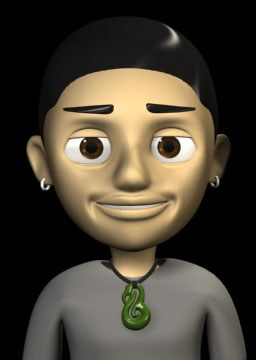
Te Hereripene: Kei te haere koe ki hea?
Answer: To Wellington.
Whakamāoritia te whakautu:
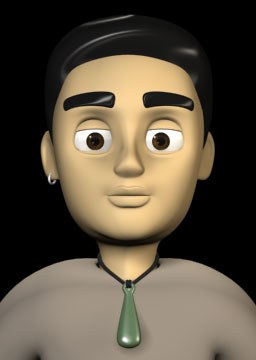
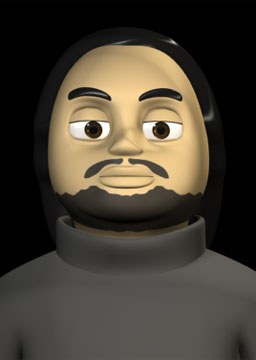
Wiremu: Kei te haere māua ki hea?
Answer: To Christchurch.
Whakamāoritia te whakautu:
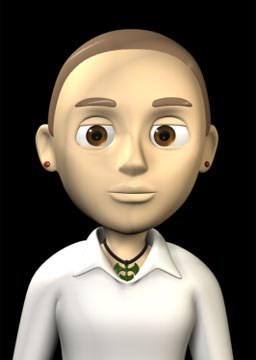
Tarati: Kei te haere ia ki hea?
Answer: To Hamilton.
Whakamāoritia te whakautu:
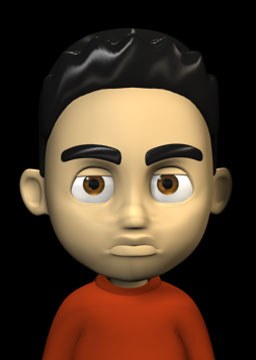
Neihana: Kei te haere kōrua ki hea?
Answer: To Nelson.
Whakamāoritia te whakautu:

Eruera: Kei te haere tāua ki hea?
Answer: To Dunedin.
Whakamāoritia te whakautu:
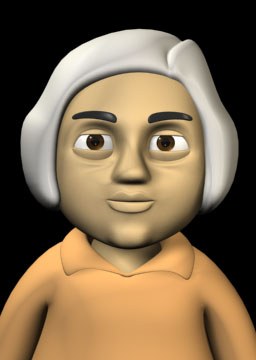
Mīria: Kei te haere ia ki hea?
Answer: To Auckland.
Whakamāoritia te whakautu:

Mīria: Kei te haere ia ki hea?
Answer: To Auckland.
Whakamāoritia te whakautu:

Wiremu: Kei te haere kōrua ki hea?
Answer: To school.
Whakamāoritia te whakautu:

Tarati: Kei te haere koe ki hea?
Answer: To the dining hall.
Whakamāoritia te whakautu:

Neihana: Kei te haere tāua ki hea?
Answer: To see my friend.
Whakamāoritia te whakautu:

Eruera: Kei te haere māua ki hea?
Answer: To my room.
Whakamāoritia te whakautu:

Mīria: Kei te haere koe ki hea?
Answer: To the shops.
Whakamāoritia te whakautu:
